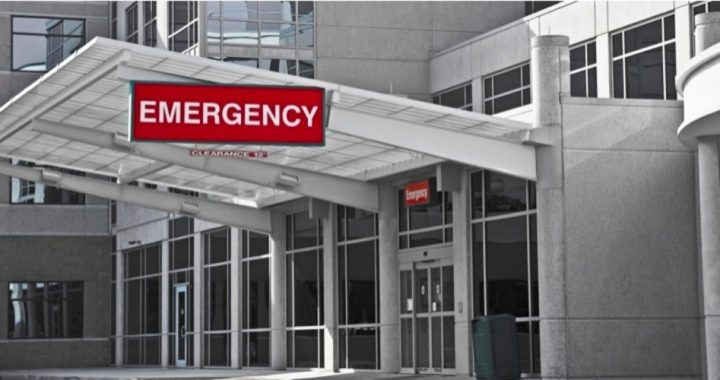
The Chinese Virus fatality data from New York continue to show that almost all those who die with the feared Asian pathogen have underlying conditions, including those under the age at which the fatality rate rises dramatically.
Data from the state show that nearly 90 percent of the more than 15,000 fatalities had one or more comorbidities, meaning underlying conditions that might lessen the virus patient’s chances of surviving the infection.
Those data also show that 94 percent of those who died were 50 years old or older; 84.2 percent were 60 or older.
Data from the city are even more revealing. They show that almost 73 percent of the more than 10,000 deceased as of yesterday suffered underlying conditions. Another 26 percent might have had an underlying condition.
That means the virus, as has been widely reported since the pandemic began, is particularly dangerous for the old and sick.
State Data
Today’s numbers from the state health department show that 14,018 of 15,740 — 89.1 percent — of the deceased had one or more comorbidities.
That number has risen as more people have died. In early April, the figure was 86.1 percent, as The New American reported at the time.
Particularly at risk are the elderly with serious comorbidities.
Of those 80 to 89 years old who died, 2,485 had high blood pressure, 1,341 had diabetes, and 651 had coronary artery disease. Another 445 suffered kidney disease, 388 had chronic obstructive pulmonary disease, 365 had cancer, and 317 had suffered a stroke.
In the 70-79 age cohort:
• High blood pressure — 2,617
• Diabetes — 1,851
• Coronary artery disease — 580
• Kidney disease — 490
• Stroke — 346
• Cancer — 342
Of those 50-59:
• High blood pressure — 729
• Diabetes — 615
• Coronary artery disease — 103
• Kidney disease — 150
• Stroke — 64
• Cancer — 51
The data confirm that the most vulnerable are 50 years old or older, with vulnerability and the possibility of dying increasing dramatically with age.
While 94 percent of those who have died were 50 or older, 84 percent were 60 or older, 64 percent were 70 or older, and 37.6 percent were 80 or older.
But only 10 percent were 50-59. Just 3.7 percent were 40-49, and an even smaller 1.5 percent were 30-39.
Only eight were 19 or younger, 0.05 percent. Adding in the 20-29 age group brings the number of those under 30 to 0.4 percent.
Victims 50 years and older also suffered 97.4 percent of the comorbidities; those 70 or older, 70.7 percent.
But even younger victims, the data show, suffered serious and potentially fatal underlying conditions.
Of those who died between ages 40 and 49, 201 had high blood pressure, and 175 had diabetes. Fifty-five suffered from kidney disease, while 16 had coronary artery disease and 13 had cancer.
Thirteen people in the 20-29 cohort had diabetes and eight had high blood pressure.
The 15,740 New Yorkers who have died suffered 28,426 other illnesses or conditions.
City Figures
As of yesterday, the city had recorded 10,290 deaths.
Of that number, 7,474, or 72.6 percent, had known underlying conditions, while 2,755, 26.8 percent, died without an underlying condition being recorded, which does not mean they did not suffer from another illness that could and likely would have made them more vulnerable.
Only 61 — 0.59 percent — did not have an underlying condition.
The underlying conditions were defined as any diabetes, obesity, hypertension, immunodeficiency, or lung, liver, heart, kidney or gastrointestinal diseases.
Broken down by age, the data on comorbidities and deaths are these:
• 0 to 17— 4 / 4
• 18 to 44 — 350 / 434
• 45 to 64 — 1,976 / 2,331
• 65 to 74 — 1,836 / 2,546
• 75 and over — 3,308 / 4,973
Just one of those 75 or older did not have an underlying condition, the data show, and just four of those 65-74 were illness-free.
And all the deceased under 18 had at least one underlying condition.
Conclusion: If you are sick, or old and sick, the virus has a much better chance of killing you.
Given the numbers — and the latest unemployment data that show what the pandemic response has done to the economy — public officials must ask the obvious: Is it time to lift the blanket lockdown or stay-at-home orders and encourage those 50 years old or younger, and in good health, to return to work immediately, but sequester themselves from the elderly and vulnerable?
Image: EyeMark/iStock/Getty Images Plus
R. Cort Kirkwood is a long-time contributor to The New American and a former newspaper editor.




